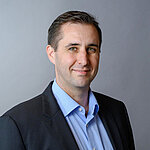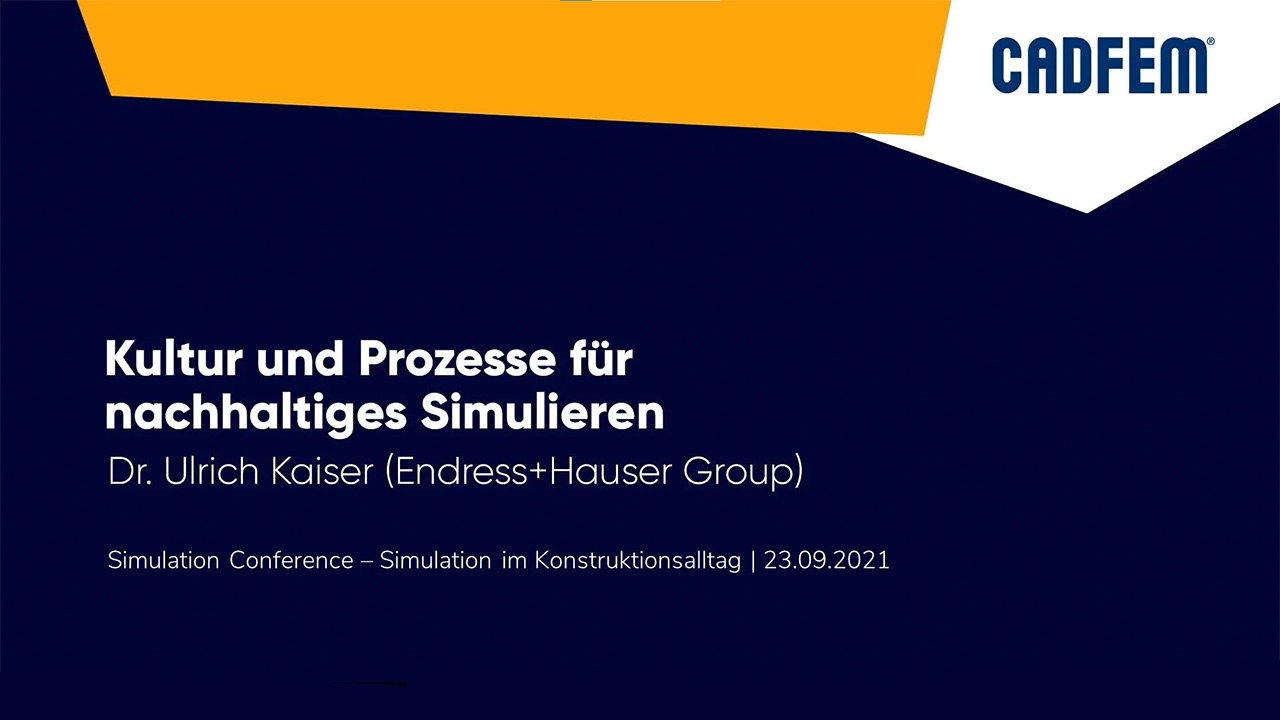System solutions for aviation from Liebherr-Aerospace
Precision, lightweight design and innovation with simulation
From the Allgäu region to the world, Liebherr-Aerospace in Lindenberg stands for complete integrated systems for the international aviation industry - from conception to service. High-precision simulations are key in the development of innovative solutions, which focus on customer demands in terms of economy, ecology and safety.
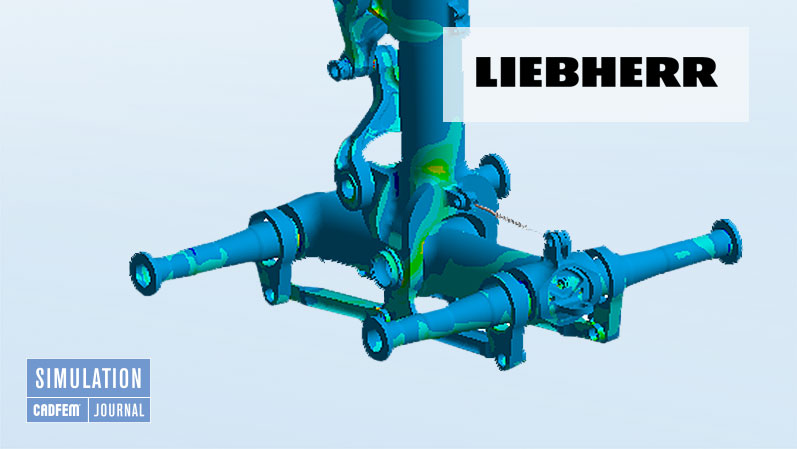
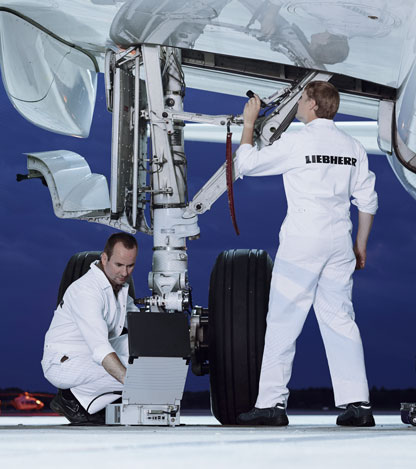
Liebherr-Aerospace: Firmly established in the aviation industry
Manufacturers of aircraft and helicopters worldwide rely on landing gears, flight control and actuation systems as well as air management systems and electronics from Liebherr-Aerospace.
Conceived, developed and produced in Lindenberg (Germany) and Toulouse (France), high technology from Liebherr-Aerospace reliably performs its service on - and above all, over - all continents. The simulations of Liebherr engineers with Ansys make an important contribution to this, and this is steadily increasing.
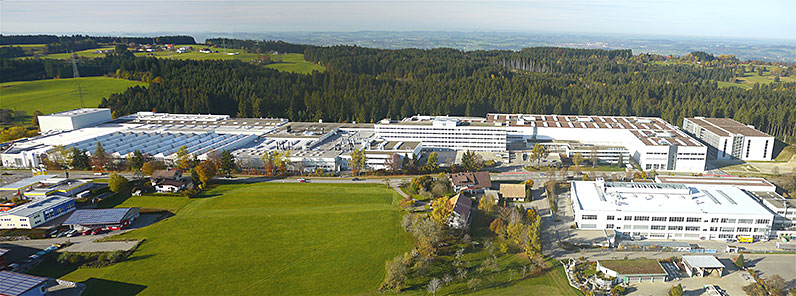
Around 2,500 employees in Lindenberg in the Bavarian Allgäu ensure that Liebherr-Aerospace is and remains a constant in the aviation industry. Founded in 1960, initially with a focus on repairs and spare parts, the company now designs, develops, produces, qualifies and supports complete integrated systems on its 160,000 m2 site. This includes flight control and actuation systems, landing gears, gearboxes and electronics.
Customer demand: reliable & easy, innovative & economical
In aviation, more than in other industries, the performance and cost-effectiveness of products are closely linked to their dead weight. Every gram saved on a component makes flight operations more economical and ecological for the customer. However, weight reduction must never come at the expense of functionality and safety.
Here’s where simulation comes into play. Holger Frey is one of over 30 simulation engineers at Liebherr-Aerospace Lindenberg GmbH. Using detailed digital models, he and his team use high fidelity simulations to determine ways of reducing weight while complying with the conditions mentioned. This requires expert know-how and the latest simulation software.
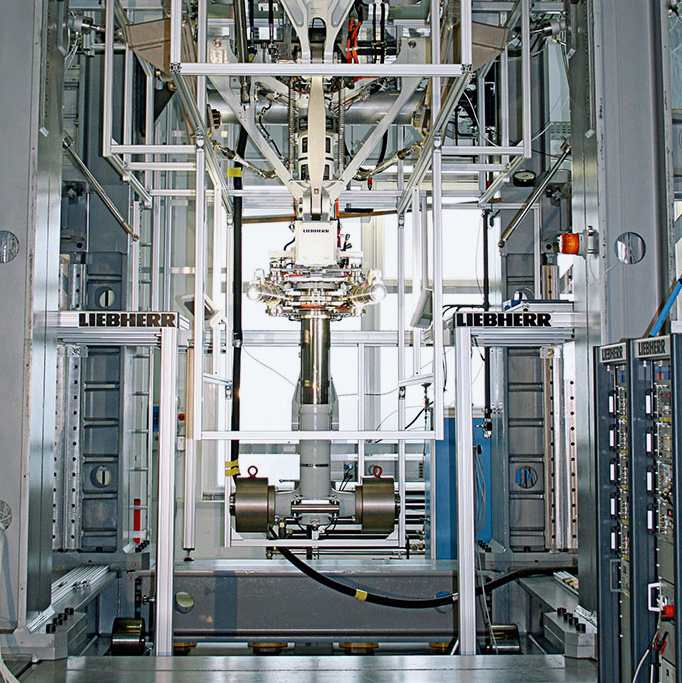
Countless scenarios are systematically analyzed until the objectively best option is found. This option is then implemented as a real prototype and subjected to comprehensive tests on the test rig for final verification. The digital anticipation of most iteration loops leads to considerable time and cost savings, especially when you consider the construction of expensive prototype variants. No compromises are made in terms of quality, because the correspondence between the predictions of the simulation and the test bench results is very high.
Every gram saved on a component makes flight operations more economical and ecological for the customer.
Premiere: First 3D-printed Airbus system part
This advantage is particularly evident in the development process of components that are manufactured using agile manufacturing techniques such as 3D printing. The product concept, via virtual models, is evaluated so precisely and all parameters are transferred in a such a way that the first physical prototype that is produced is nearly perfect from the start. Misprints? Not at all.
At the beginning of 2019, Liebherr-Aerospace started the series production of 3D printed components – and set standards. The 3D printed nose landing gear bracket for the A350 was the first Airbus system part ever to be qualified for titanium 3D printing and approved for flight.
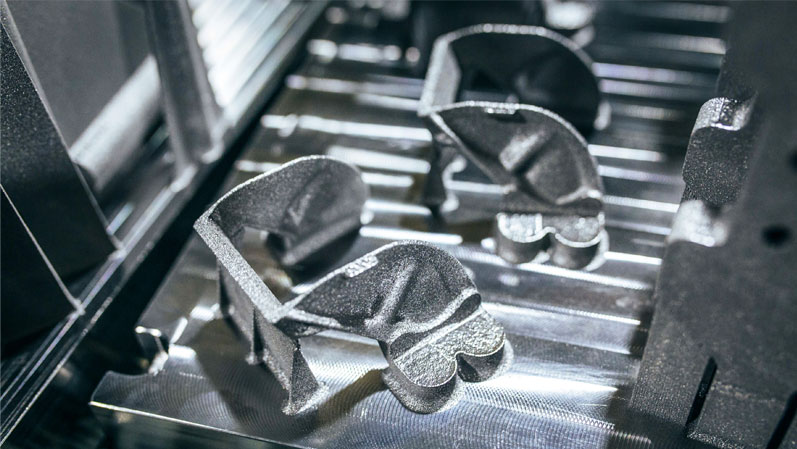
Using digital tools to precisely understand complex physical effects
Most of the questions answered by simulation at Liebherr-Aerospace relate to structural mechanics. This involves analyzing the static load-bearing capacity up to component failure and determining the fatigue strength of components under quasi-static or dynamic loads.
In static analyses, it is the task and requirement of Liebherr simulation experts to correctly represent the actual load, the failure location and the failure mode within very narrow limits in their model.
Such - virtual - prototypes are also challenging because they incorporate various types of nonlinear behavior. These include complex phenomena, such as large deformations triggered by high dynamics, for example when a landing gear touches down. The expertise of experienced simulation experts is essential, especially when it comes to minute details, as is the case with the detailed, physically correct modeling of contact areas between assemblies.
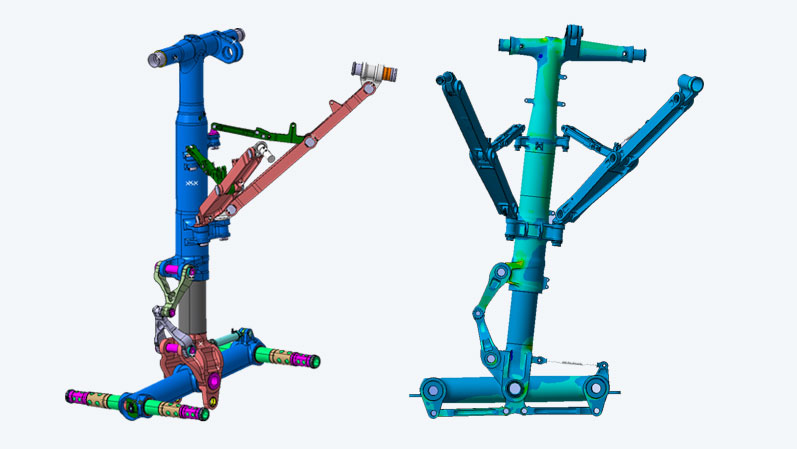
“Analyses supported by test”
The verification of load-bearing elements in aviation according to the principle of “analyses supported by test” means that future products will be checked using various methods rather than just one. This pays dividends in terms of safety. The verification of all models and parameters via the extensive comparisons of the simulation results with strain gauge (DMS) measured values is of paramount importance. Therefore, a comparison with optical measuring systems is now often used as a third instrument.
Since the overall analysis represents the verification relevant to approval, there are also high demands on its documentation and consistency. For example, even decades later, it must be possible to reproduce, without a doubt, which geometric data under which load conditions (using other data such as material properties, surface properties, etc.) led to the results presented. Simulation records this precisely and transparently.
The calculated results are also confirmed in prototype tests for landing gear projects with complex load cases and interactions.
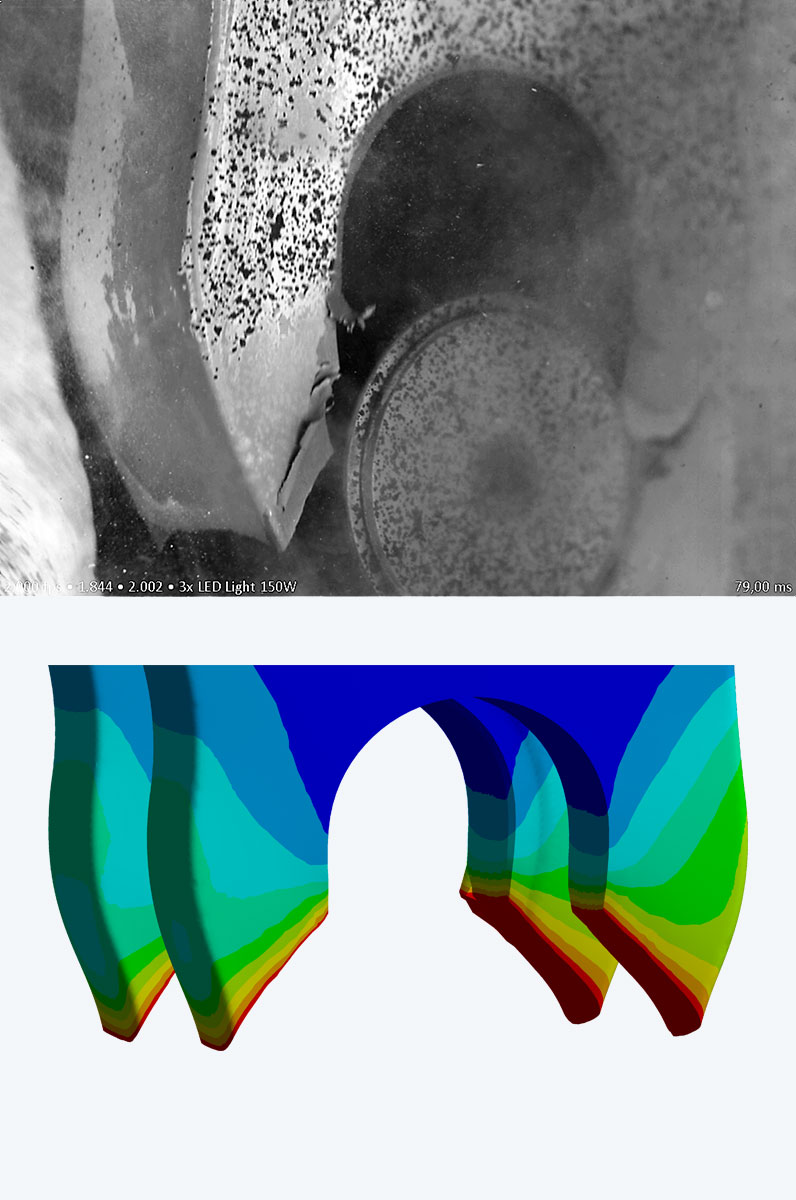
Using the benefits of simulation even more broadly
Simulation with Ansys software in connection with supplementary support by CADFEM (a partner for decades), and, above all, the know-how of its own experts enables Liebherr-Aerospace Lindenberg to determine extremely realistic forecasts of the actual failure loads and failure characteristics on the screen. This was very plausible and impressive, for example, in several landing gear projects in which complex load cases and interactions came into play and in which the calculated results were confirmed in the prototype tests.
The Liebherr team even manages to get by without any prototype tests at all when it comes to approving derivatives of existing landing gears. Correlated analysis models are used as a basis, which could be further developed and optimized with simulations in two steps in such a way that a load increase of around 20% was achieved.
Since all the simulation tools used have been integrated into a uniform working environment, the turnaround times for simulations have also been reduced by factors, which has had an additional positive effect on the efficiency of the development processes.
The goal of those responsible at Liebherr-Aerospace is to establish simulation as the primary verification method in all physical domains and to use tests exclusively to validate the models.
Democratization of simulation as the next step
In addition to the described application of Ansys simulation in the context of checking components and products in interaction with real tests, simulation at Liebherr-Aerospace will take on a completely different role : Those tasked with doing this in Lindenberg speak of the “democratization of simulation.”
What’s behind it? New, intuitive simulation tools are on the rise, which do not claim to verify the smallest details like the classic ones, but rather take a completely different approach. Designers themselves should use them in order to “immerse” themselves into their models, to identify trends, to compare different variants quickly and objectively, to try out ideas – in other words, to better understand the component digitally.
Video tip on the topic of democratization of simulation
Not only Liebherr, but also Endress + Hauser has already advanced the democratization of simulation. Dr. Ulrich Kaiser was largely responsible for this and at the Simulation Conference 2021, he described what matters and what has been achieved.
Applications beyond structural mechanics
The goal of those responsible at Liebherr-Aerospace is to establish simulation as the primary verification method in all physical domains and to use tests exclusively to validate the models. One example of this is flow analysis, which is being introduced in the company in order to determine the dynamic properties of the landing gear more precisely in advance and, above all, to optimize them.
This is still done by a large number of prototype tests, which are then also successively replaced by simulation with equal quality, but with considerably less time, material and cost expenditure. Likewise, in this area, real tests only serve to validate the preceding simulations.
Holger Frey (Head of Analysis, Liebherr-Aerospace Lindenberg): “In addition to the ANSYS core products, we use the nCode software system for service life prediction and Dante for the simulation of heat treatment processes. In both cases we benefit from the tight integration and data exchange with Ansys.”
Ansys Discovery also in sales and customer service
“We train engineers in CAD and CAE. Discovery's intuitive interface and real-time feedback loop help us get even more colleagues excited about simulation here.” says Holger Frey.
Further opportunities beyond R&D were identified – namely in technical sales and customer service. Communication with clients becomes considerably easier when physical facts are not only explained and illustrated, but also clarified with moving images of physical processes.

Liebherr-Aerospace Lindenberg GmbH
www.liebherr.com
Author: Alexander Kunz, CADFEM
Images: © Liebherr
Published: June 2022
Contact CADFEM
